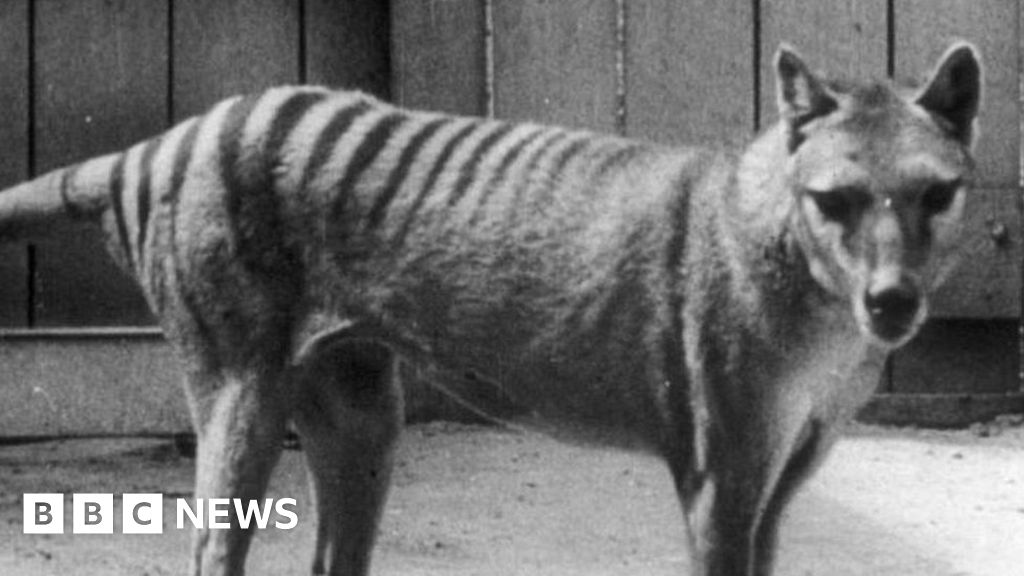Dusty Bake Activate
Fukk your corny debates
No time to muck around. Extreme evolutionary pressures seem to have caused Tasmanian devils to develop resistance to a deadly cancer in just a few generations.
Devil facial tumour disease is a transmissible cancer that was first observed in Tasmanian devils in 1996. They usually contract the disease by biting a tumour on an infected animal. Initially, the fatality rate was reportedly almost 100 per cent.
This high mortality rate has seen the total devil population decline by 80 per cent – and locally the figure can touch 95 per cent. This led to fears of rapid extinction, but some devil populations seem to be doing better than disease models would predict.
To understand why, Menna Jones at the University of Tasmania, Australia, and her colleagues recently analysed the genomes of almost 300 devils from three separate regions in Tasmania.
The researchers compared genetic samples taken from the three devil populations before and after the cancer arrived in each area. Populations affected by the disease differed from pre-disease ones in two regions of the genome – both with known links to cancer and immunity. This hints that genetic resistance to the cancer has spread through the devil populations, which might explain why numbers are defying expectations in disease-struck areas.
“These gene variants would have been around before, but there was no evolutionary advantage to them being at high frequency,” says Katherine Belov at the University of Sydney. “Since the arrival of this new disease, the animals without these variants would have been dying, leading to an increase in the frequency of these protective variants.”
Swift response
Given the prevalence of the genetic changes in devil populations today – and what is known about their reproductive behaviour – the study authors estimate that resistance spread through the population over just four to six generations. “It’s as if extreme mortality has led to extreme evolutionary selection pressure,” says Jones. “It has happened a lot faster than we expected.”
The findings feed into growing evidence that species can evolve in fewer than 10 generations if confronted with a major threat, she says. “Evolution isn’t a glacially slow process as once thought; it’s a dynamic, ‘happening-all-the-time’ thing.”
Research shows that the infectious cancer is also evolving, but it is unlikely to become more lethal. Infectious diseases usually become less virulent over time, which helps avoid wiping out the hosts that support them, says Jones. For instance, the pest-control virus myxomatosis lost its potency in rabbits after a few years.
Insurance scheme
One solution to further bolster Tasmanian devil numbers may be to introduce wild animals with the favourable gene variants into disease-free “insurance populations” maintained in captivity outside Tasmania, says Jones.
This addition of genetic diversity should help the animals to adapt to future disease threats, she says.
But even without any intervention, wild populations of devils should start to bounce back now that resistance is beginning to develop, says Belov. “It’s so exciting: 10 years ago everything was bleak, but now we’re past that,” she says.
Journal reference: Nature Communications, DOI: 10.1038/ncomms12684
Read more: ‘Immortal’ Tasmanian devil brings vaccine hope
Superfast evolution could save Tasmanian devils from extinction

 A lie by liberals I believe in creationism evolution is a lie from the devil.
A lie by liberals I believe in creationism evolution is a lie from the devil.




